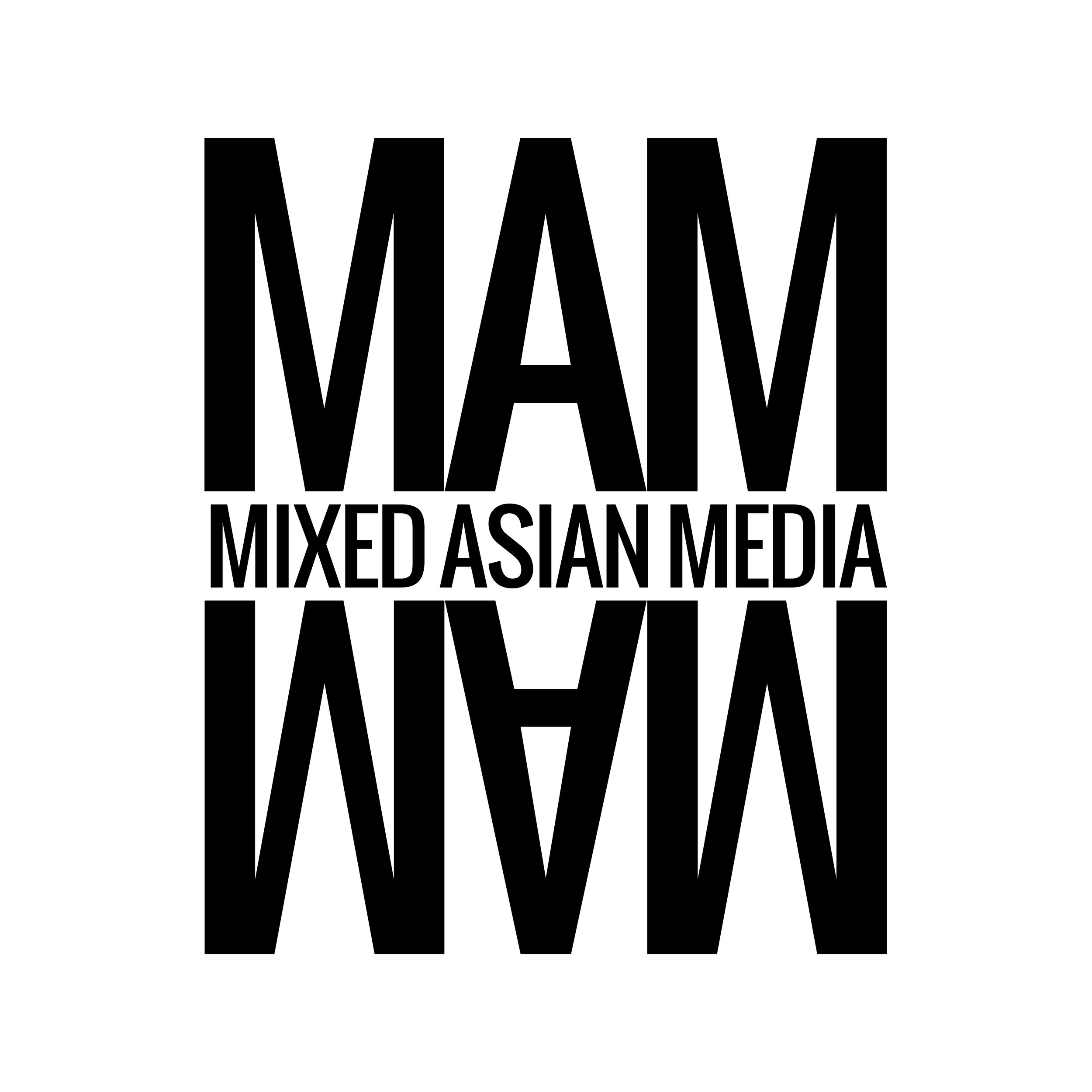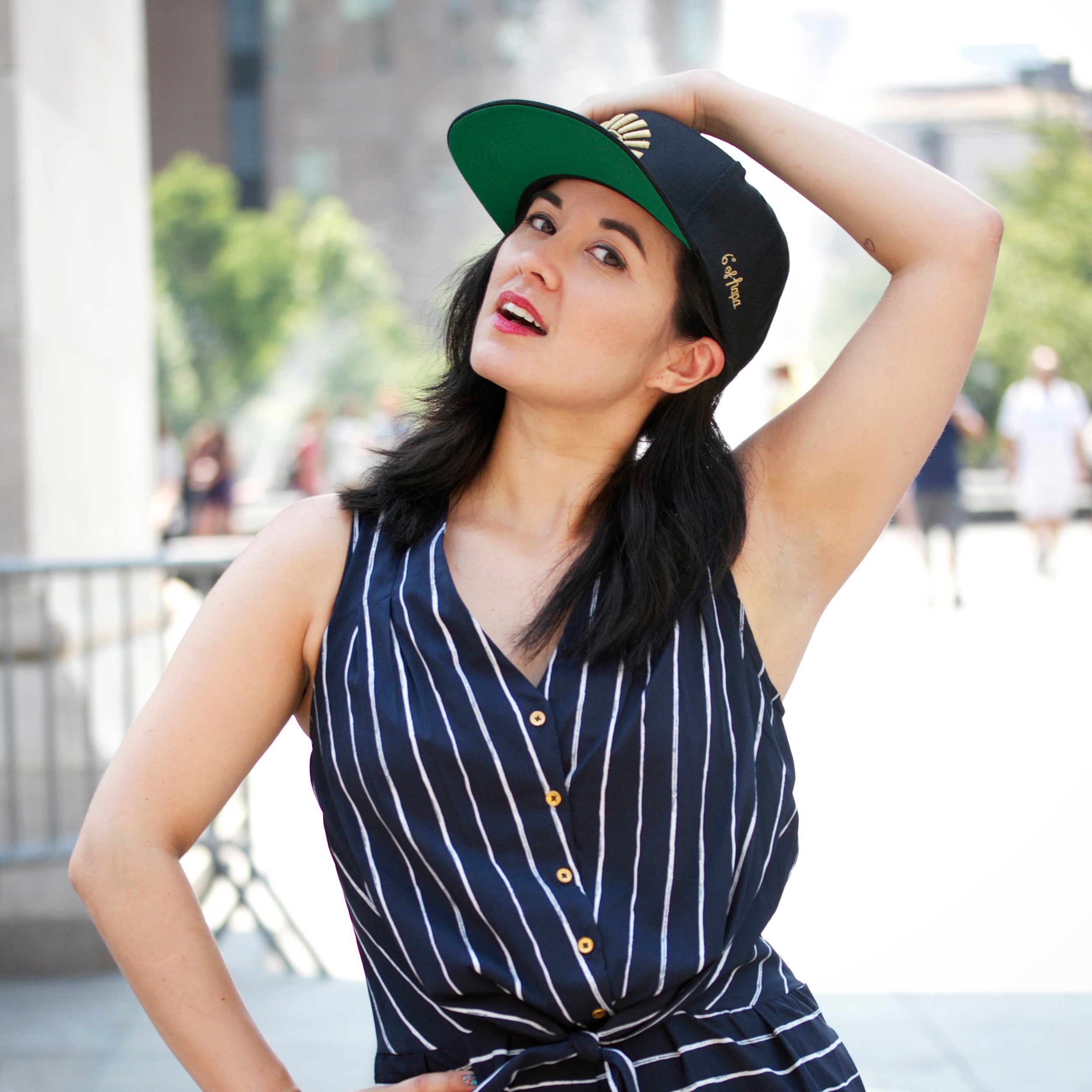The "Aquaman" Movie is Hapa AF
By Melissa Slaughter (in collaboration with Lauren Hardie)
[Warner Bros]
*Warning: This piece contains light spoilers for the Aquaman movie, in theatres now.
When the first few images of Jason Momoa as Aquaman dropped back in 2015, all I thought about was how incredibly hot he was gonna be. I cheered for a brown superhero who was also gorgeous, and I definitely fought with at least one person about the whole “I prefer the classic Aquaman” argument. Seriously, just go watch The Chrises: Hemsworth, Pratt, Evans, or Pine. Then you’ll get your “classic” fill.
As time went on and the trailers were released, I got more excited. But again, mostly because I knew a shirtless Jason Momoa was in my future. I never considered that Aquaman would be more than an ocean romp with sexy Atlantean.
I was wrong.
Jason Moma as Aquaman [Warner Bros]
Aquaman is the first mixed-race superhero in the DC Extended Universe, and possibly in the whole of the superhero film franchises. (I’m excluding the Dean Cain portrayal of Superman. Half-Cambodian actress Elodie Yung did portray Elektra in Netflix’s Daredevil and The Defenders, both of which have recently been canceled.) Momoa himself is part-Hawaiian, and part-white, with some Native American in there as well. He grew up in Hawaii and Iowa. Can you imagine two more dissimilar places? In addition, his children are mixed; their mother, Lisa Bonet, is half-black, half-Jewish.
So what does all of that mean? It means this movie was Hapa AF.
Director James Wan has gone on record multiple times to state that he sees Aquaman as a biracial character. The backstory of Aquaman (as according to the film) is that his Atlantean mother Atlanna (played by Nicole Kidman) was rescued on land by his father Tom Curry (played by actor Temuera Morrison). They fall in love and have a baby conceived of two different races. Queen Atlanna even tells baby Aquaman (whose real name is Arthur) that “you’re proof our people can coexist.” Now is that Hapa or what?
Wan didn’t even cast Jason Momoa in the role; Zack Snyder initially was meant to direct the Aquaman movie. So it was serendipitous that these two were thrown together to make this movie. Wan made Aquaman’s mixed-race background a central theme of the story, and Momoa tied it all together. Momoa’s background influenced the look and costume design for Arthur; he threw Hawaiian phrases into Arthur’s dialogue; he did a haka at the L.A. premiere. There were three other actors of non-white actors who were cast due to Momoa’s casting: veteran Temuera Morrison as Arthur’s father, and newcomers Kaan Guldur and Otis Dhanji, playing Arthur at age 9 and 13 respectively. Casting outside of the cis-het-white-male box influenced huge chunks of the movie and only made it better.
“Land vs. Sea” has always been a part of the Aquaman story, but to have a person who is also the literal representation of that kind of struggle is monumental to people who have a similar background. At Hapa Mag, we often discuss how Hapas connect different cultures, and opposing worlds, and how that is a superpower. To see this idea represented on the big screen — possibly the most public platform one can find—validates all of us externally.
In addition, the language of the movie highlights the prejudices facing mixed-race people. Throughout the film, Arthur gets called a number of derogatory names: half-breed abomination, tainted, mongrel, and unworthy. This sense of half-ness, of being less than, makes him a reluctant hero. The reluctant hero is a classic archetype, seen in everything from Harry Potter to Star Wars. To make the Hapa experience the root of a Hero’s Journey is something I haven’t seen in a major big-budget feature like this.
Then there’s Arthur’s family. His parents love each other but are ripped apart by their two worlds. When he’s with his father, you don’t blink an eye, but when you see him with platinum-blonde, porcelain-skinned mother, you see how he looks nothing like his mom, which reminded me of all my Hapa friends who don’t look exactly like both their parents. That’s right, for all the Hapas whose looks favor one parent and not the other, there’s a moment just for you. Bring tissues; there are lots of feels.
Not everyone is happy with Arthur’s breeding. Orm, Arthur’s half-brother, is obsessed with his personal “pureblood” and “purebred” pedigree. His status in the Kingdoms is sustained by his breeding. Like an underwater Nazi, he rules the sea with bleach-blonde hair and blue eyes. It’s hard not to draw that comparison when Jason Momoa is rocking tan skin and dark locks. The way Orm speaks of Arthur mimics the discrimination mixed-race people have faced for centuries. In the early 1900s, those opposed to interracial marriage upheld laws to keep people of different races apart, citing the burden it would be on their children. Of course, the biggest burden is explaining to “purebred” folks that being mixed is awesome. Also, mixed people get the best food, hands down.
Jason Momoa (Aquaman) stands off with his brother, Orm (Patrick Wilson) [Warner Bros]
Then there's Arthur's trip to Atlantis, which was more than just a jaunt into the deep ocean. It was a voyage to the motherland. Anyone who’s made that journey knows what I’m talking about. It was a major part of the emotional impact of Crazy Rich Asians. In Aquaman, the difference between swimming around in the water and going to the Kingdom of Atlantis is the difference between eating with chopsticks at a sushi joint down the street in America and going to Tokyo. It’s knowing that you’re going home, but you won’t belong in that home the same you way you don’t belong in your other home. You’re still a half-breed.
But the point, the journey, the mythical power that allows Arthur Curry to take the lost trident and claim it as his own, is that he takes that discomfiture of never fitting in and makes it his superpower. He states, “I know I am unworthy.” Instead of allowing that journey to destroy him internally, he accepts the fact that he’s different and he lets it drive his fight for the people he loves, both above the sea line and below. He’s a bridge, bringing two worlds together. He’s an ambassador, connecting people through their differences. And celebrating those differences is something all Hapas can do — something we should strive to do. That’s what we fight for at Hapa Mag. We started this magazine to create a platform for Hapas to use their superpowers for good and for the betterment of us all.
So what does Jason Momoa think of all this, being a Hapa man with his own Hapa family? I got to ask him about it at the New York press junket for the movie.
““Honestly, to be the first mixed-race superhero in 2018 is like, ‘Really?’ Is there not one? And that’s a huge honor. And to play it really close to who I am, in all of his imperfections… I get to play it in a way where you can really slip between those two worlds. I’m excited for the world to see it.
I haven’t seen ‘Aquaman’ [yet] because I’ll be able to see something with my kids for the first time and I’m going to be really emotional and affected. And to hold their hands, it’s going to be a really cool moment to be a dad with a 10-year old and 11-year old. It’s pretty special.””
What a time to be alive! When I was growing up in the ’90s, I clung to anyone who remotely looked like me. Claudia Kishi from The Babysitters Club, The Mystery Files of Shelby Woo, Wanda from The Magic School Bus. I had to be content with Mulan as my sole Disney Princess, which brought about its own issues. I didn’t even consider looking for Hapa heroes on TV or in movies. Now, if I have children, I can show them movies like Big Hero 6 (featuring Hapas Ryan Potter and Daniel Henney), or To All The Boys I’ve Loved Before (about a half-Korean girl and starring two Hapas). And thanks to Wan, Momoa, and the DCEU, Aquaman will give them heroes who look like them, who have their stories, who they can celebrate as their own. No more choosing sides. They can be fully themselves, dressed up as Aquaman, trident and all.
To be completely honest, I cried throughout the film. Hapa Mag editor Lauren Hardie sat beside me, tears in her eyes, and we had a Hapa moment. Every “half-breed” and “unworthy” moment we felt in our souls. And in the end, when Arthur stood up to defeat the Big Bad and take his rightful place as the King of the Atlantis, we cheered for Aquaman, our new Hapa hero.
Melissa has lived in all four time zones in the contiguous United States. A former actor in Seattle, WA, Melissa now resides in NYC as a content creator. She is the producer of the We're Not All Ninjas podcast, which she also hosts with fellow Hapa Mag writer, Alex Chester. Melissa also writes for online blogs Nerdophiles and The Nerds of Color. Find her @NotAllNinjasPod.

![[Warner Bros]](https://images.squarespace-cdn.com/content/v1/59543ad972af659452cb2c86/1545136020744-A4866IGI7UJZZN99QUX8/AQUAMAN+FEATURE.jpg)
![Jason Moma as Aquaman [Warner Bros]](https://images.squarespace-cdn.com/content/v1/59543ad972af659452cb2c86/1545503016068-TVHDCOHEJ1VPRL5LTA6R/jason-momoa-aquaman-2018-movie)
![Jason Momoa (Aquaman) stands off with his brother, Orm (Patrick Wilson) [Warner Bros]](https://images.squarespace-cdn.com/content/v1/59543ad972af659452cb2c86/1545501874350-7WPL952IA7NB4Z613055/aquaman-5.jpg)






By Melissa Slaugher & Lauren Hardie
At Hapa Mag, we often discuss how Hapas connect different cultures, and opposing worlds, and how that is a superpower. To see this idea represented on the big screen—possibly the most public platform one can find—validates all of us externally.